Art World
Researchers Just Found Hundreds of Medieval Objects in a Centuries-Old Cesspit Discovered Beneath the Courtauld Gallery
The pit has been put to varying uses throughout its history.
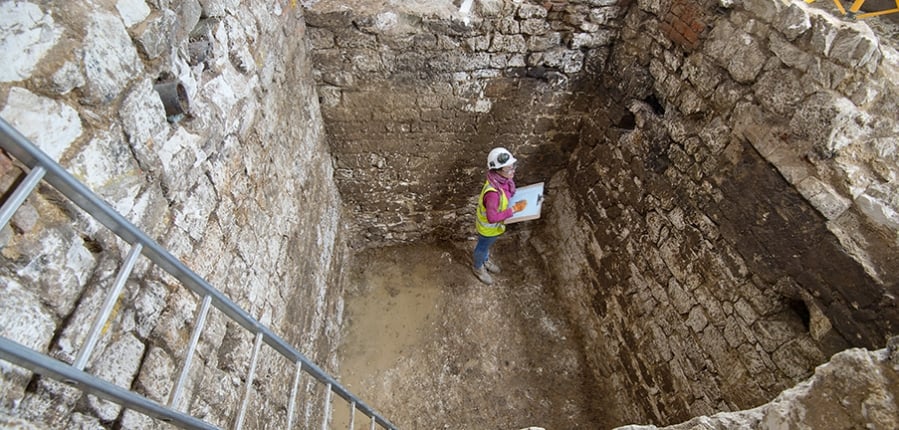
The pit has been put to varying uses throughout its history.

Caroline Goldstein

Archaeologists undertaking preliminary excavations beneath the Courtauld Gallery at the Somerset House in London have discovered a centuries-old cesspit filled with a trove of medieval artifacts—and the haul is nothing to sniff at.
The 15-foot pit has yielded around 100 objects dating to the 14th and 15th centuries, including ceramic drinking vessels, forks and other utensils, a ring, a pendant, and a belt buckle. The items will be displayed at the Courtauld when a planned renovation and expansion of the museum is completed.
Researchers also discovered that the pit has been put to varying uses throughout its history. By some point in the 17th century, it was remodeled as a cellar, after which a latrine was added. Researchers also noted a curious irony here: the pit is roughly where the Courtauld Gallery’s new restrooms will be installed.
Also discovered were “Penn” floor tiles, which were typically used to decorate palaces and monasteries.
The excavation work, which is being done by researchers from the Museum of London Archaeology, sheds new light on the Chester Inn, a 15th-century residence that once existed on the site.
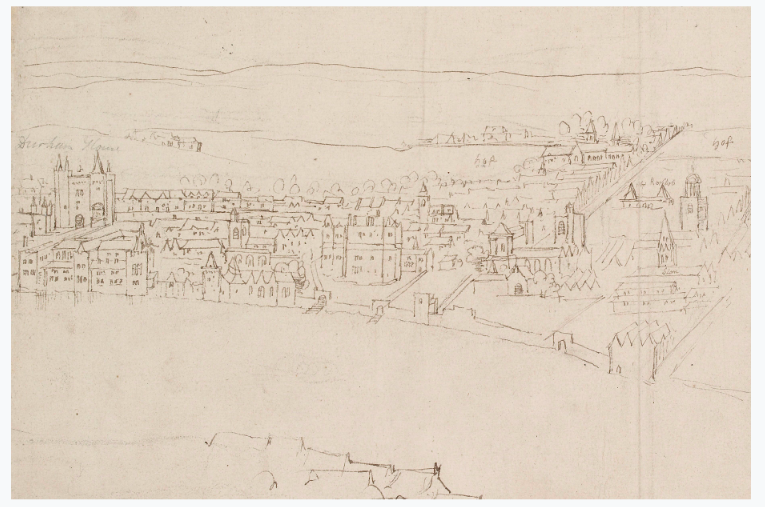
Anthonis van den Wyngaerde’s drawing of the Strand around 1543. Courtesy of the Oxford University Ashmolean Museum.
As a sort of “millionaire’s row,” this area of the Strand was once one of the toniest in England, linking Westminster Palace to the City of London. But aside from one drawing of the area from 1543 by Anthonis van den Wyngaerde, which is considered somewhat inaccurate, there are few existing records of the area from the late medieval era.
The cesspit discovery will now help historians develop a better picture of medieval settlements and subsequent buildings in London.
“It’s unusual to get excited about a cesspit,” noted Simon Thurley, the former chief executive of the English Heritage charity. “It’s an incredibly significant find.”
See more images from the excavation below.
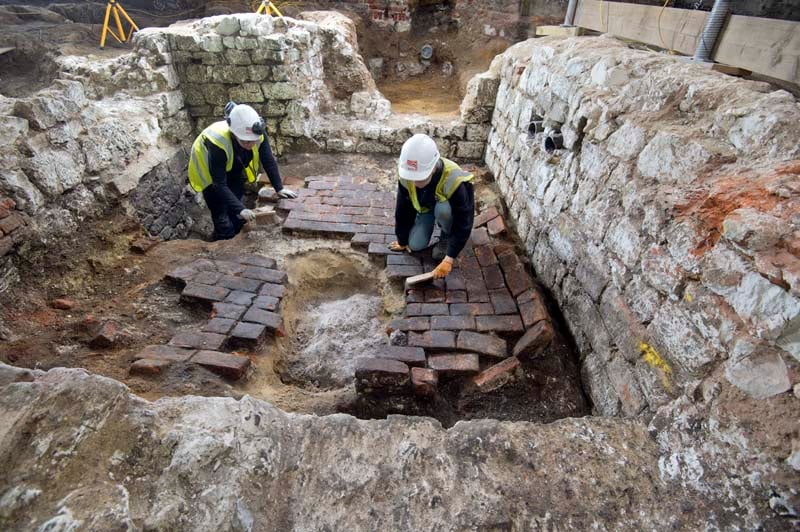
Archaeologists working in the cesspit under the Courtauld Gallery. © MOLA.
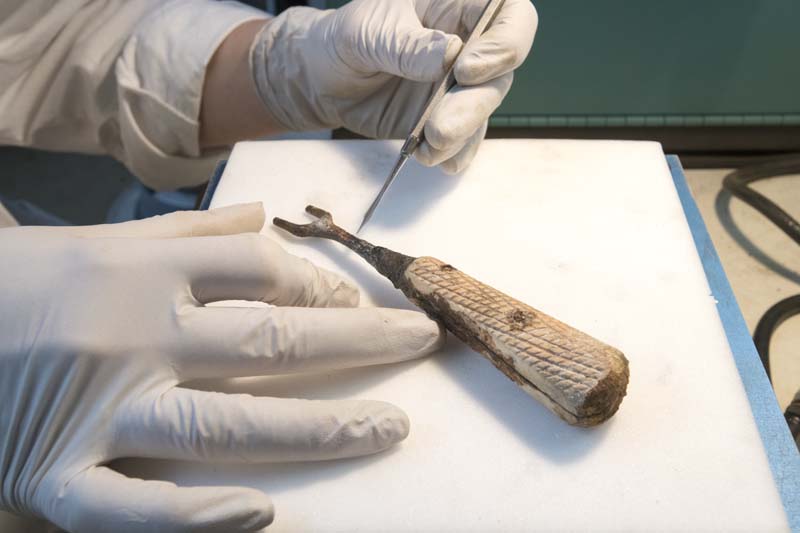
A bone-handled conserving fork discovered in the cesspit. © MOLA.
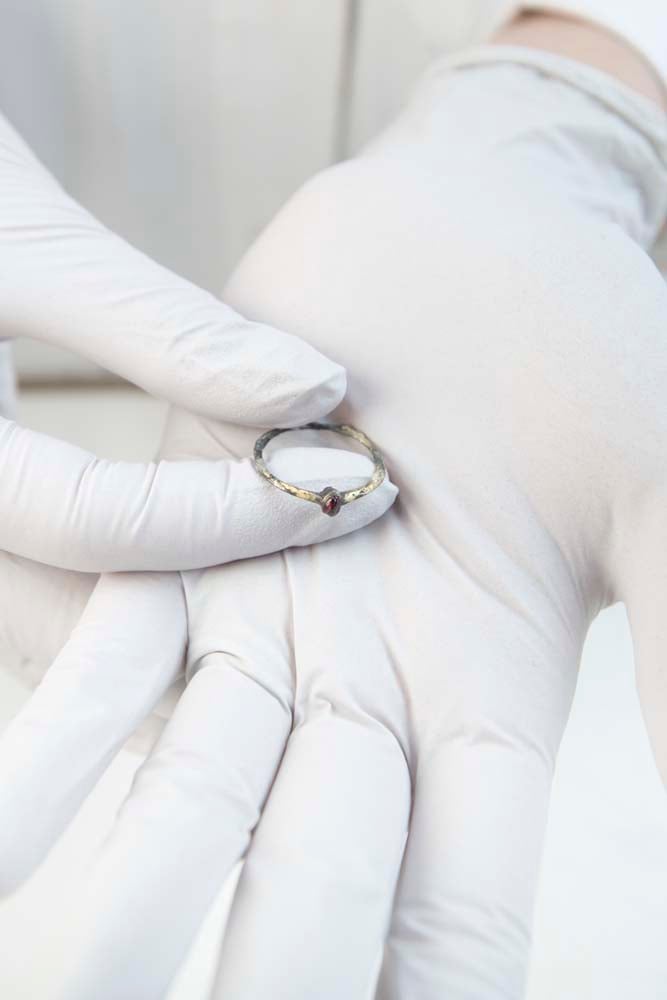
A ring discovered in the cesspit. © MOLA.
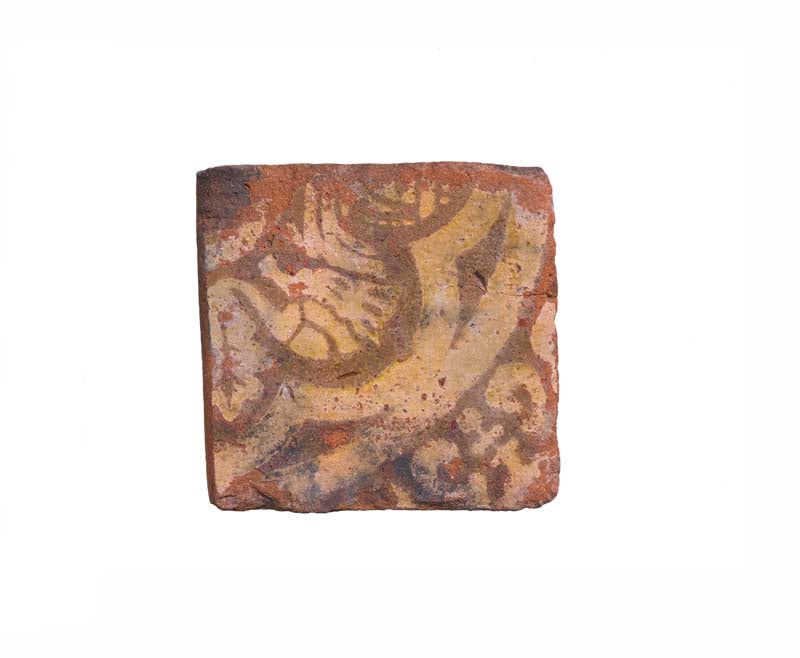
A “Penn” floor tile dating to the 14th century. © MOLA.
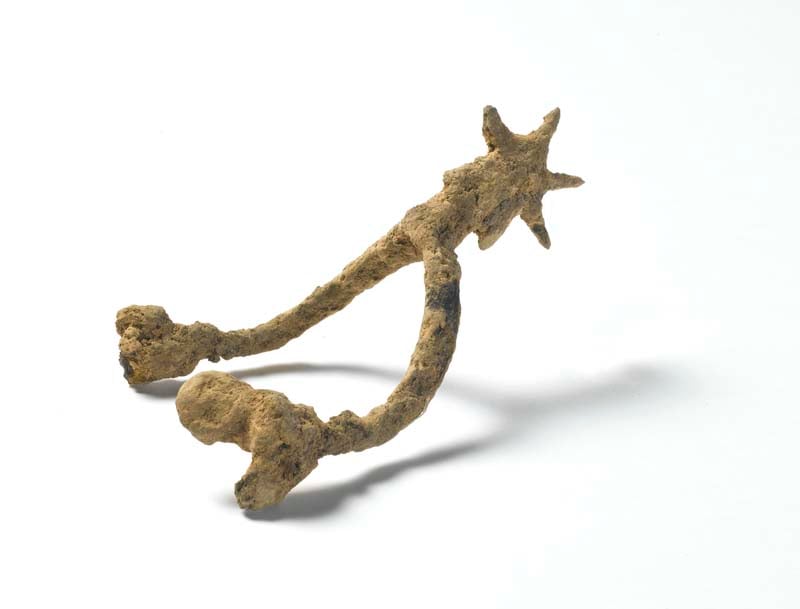
An iron spur discovered in the cesspit. © MOLA.
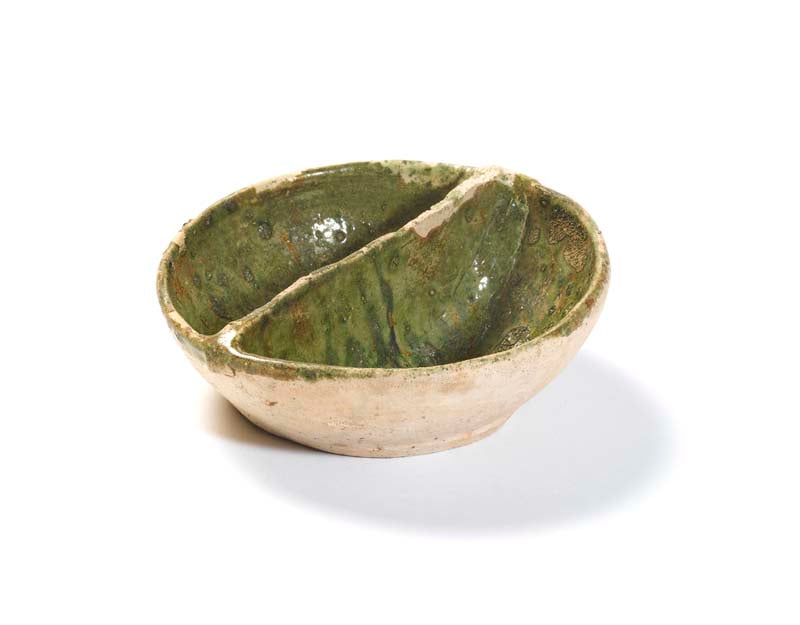
Pottery discovered in the cesspit. © MOLA.